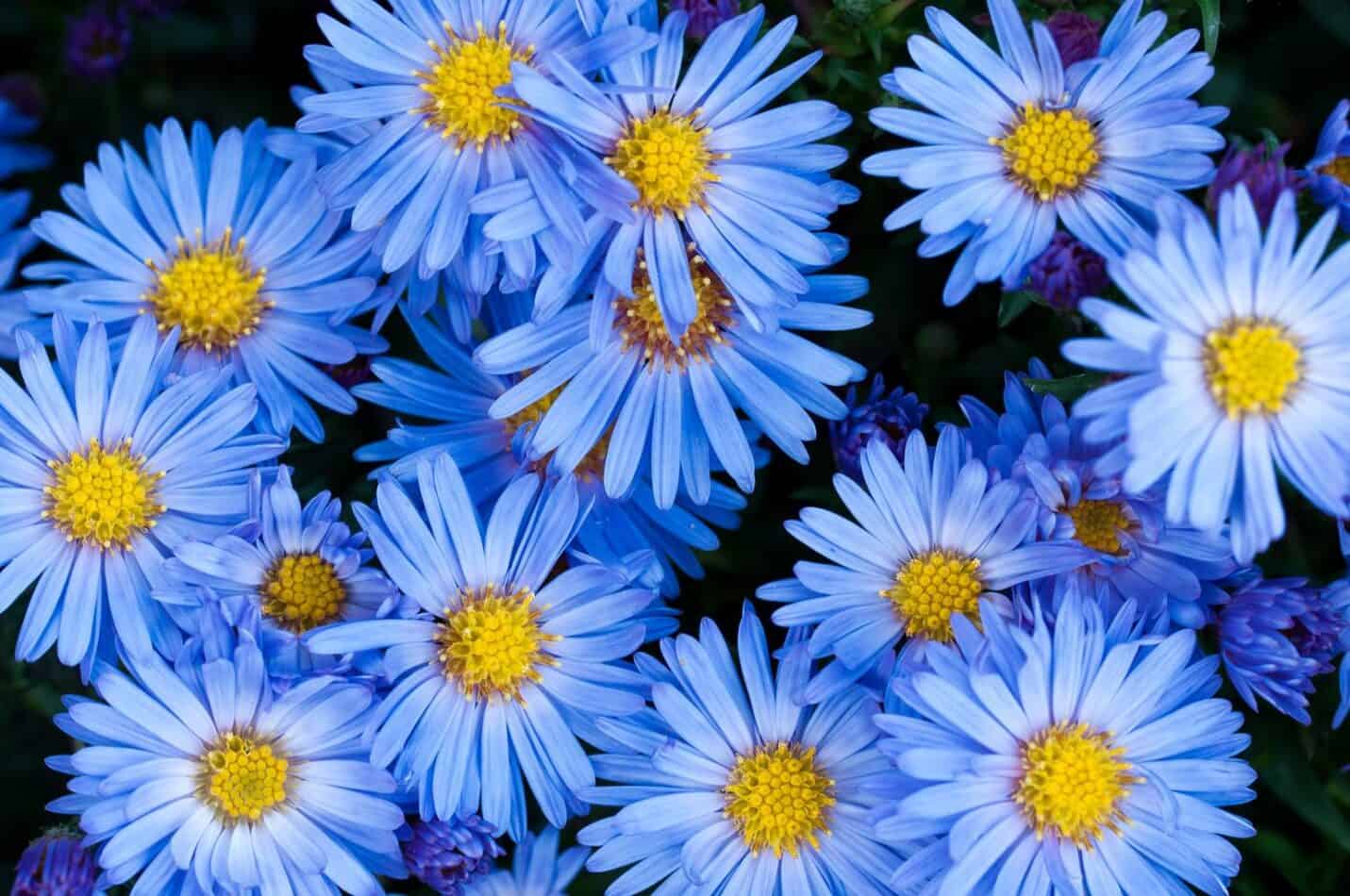The Spring Blossom, also known as Jaborosa Integrifolia, is a rhizomatous herbaceous perennial which belongs to the Solanaceae family, making it related to the potato. Found in South America, the flower is white in color, resembling a starfish, and is wide-spreading, making it perfect for those rock gardens that need a pop of life.
Etymology
Coming from the ancient Greek jaborosa in reference to its brightly colored fruit, and the Latin integrifolia due to its evergreen leaves, Jaborosa Integrifolia has a long and interesting history that dates back centuries.
How to Plant and Grow
Jaborosa Integrifolia is a relatively easy flower to grow. It prefers full to partial sun and fertile, moist, well-drained soil, although it is adaptable in many gardening conditions. This wide-spreading flower is suitable for both indoor and outdoor potting, as its evergreen leaves allow it to thrive in various humidity levels. To create the best environment for the flower to thrive, mix some good-quality compost into the soil before planting. When watering, always make sure to not over-water, as this can lead to root rot. Jaborosa Integrifolia is considered to be not very picky about soil pH and can even survive in somewhat acidic soil.
Meaning and Symbolism
In the language of flowers, Spring Blossom has long been seen as a symbol of new beginnings, hope, and the promise of new life. It is often used to represent a new start or a fresh start and is believed to bring good luck and abundance within a household.
History, Mythology, and Religious Significance
The history of the Jaborosa Integrifolia flower is rooted in both mythology and religious traditions. It was believed to be a gift from the gods, and anointed by the sun in honor of the returning days. The flower was seen to provide strength and protection for those who wear it. In ancient Greek mythology, the flower was thought to bring good fortune and a sign of good will.
Flower Varieties and Their Defining Characteristics
The Jaborosa Integrifolia flower can come in a variety of different shades, sizes and shapes. However, they all share a few characteristics that set them apart from other flowers. The star-like shape is the first standout when looking at this wonderful flower, with each petal radiating outwards like a star. It is also usually quite small with five delicate petals, each of which have a slight point at their tips. The color ranges from white to pink to yellow, making this flower a popular choice for many gardeners.
How to Pot and Repot
When it comes to potting and repotting Spring Blossom, it is important that you choose the right pot for your particular flower. Ideally, the pot should be shallow and wide, as opposed to narrow and deep. Make sure that it has plenty of drainage holes and use a lightweight, well-drained soil mix to repot. Ideally, you should choose a pot that is two inches larger than the original pot.
How to Prune
It is important that you prune your Jaborosa Integrifolia regularly in order to encourage new growth, maintain the shape of the plant, and to control the size of the plant. Pruning should be done early in the spring, before flowering. It is also useful to prune in the late fall after flowering to promote better flowering the following spring. The best way to prune your Jaborosa Integrifolia is to remove all dead, unhealthy, or straggly growth, as well as any overcrowded stems. You should never prune more than one third of the total branches.
How to Propagate
The Spring Blossom is relatively easy to propagate, due to its rhizomatous nature. The easiest way is to divide the rhizome in early spring before flowering. It is important that you use a sharp, sterile knife and remove any dead, damaged, or diseased pieces before planting. You can also propagate through cuttings, which is best done in the late summer or early autumn, when the plant has begun flowering. Take cuttings from the second-year growth and use a rooting hormone to increase the chances of success.
Common Pests and Diseases
Jaborosa Integrifolia is relatively resistant to pest and disease problems. However, some of the most common issues include stem rot and root rot. Stem rot is caused by excessive moisture and is usually characterized by discoloration and wilting of the stems, while root rot is caused by poorly drained soil and is usually characterized by yellowing, stunted growth and wilting of the leaves. Spider mites and aphids can also be an issue, and should be dealt with quickly to avoid further damage.
Three Frequently Asked Questions About Jaborosa Integrifolia
- Q: How do I care for Jaborosa Integrifolia?
- A: Jaborosa Integrifolia prefers full to partial sun and fertile, moist, well-drained soil. Water regularly, but avoid over-watering to prevent root rot. Prune in early spring before flowering and in late fall after flowering to promote better flowering the following spring.
- Q: When is the best time to plant Jaborosa Integrifolia?
- A: The best time to plant Jaborosa Integrifolia is in the earlier spring months. Keep in mind that they prefer a cool, moist environment and can tolerate very light frost.
- Q: What is the difference between Jaborosa Integrifolia and other flowers in the same family?
- A: Jaborosa Integrifolia stands out from other flowers in the same family due to its star-shaped petals and evergreen leaves. It is also much lower maintenance than many other flowers in the Solanaceae family.
Table Fact Sheet with Data
| Name | Jaborosa Integrifolia |
|---|---|
| Family | Solanaceae |
| Plant Type | Perennial |
| Mature Size | 12–14 inches tall, 18–24 inches wide |
| Sun Exposure | Full to partial sun |
| Soil Type | Well-drained, Sandy |
| Soil pH | 5.6–7.0 (neutral) |
| Bloom Time | Early spring to late summer |
| Flower Color | White, yellow and pink |
| Hardiness Zones | 5–9 |
| Native Area | South America |
How to Use Spring Blossom in Your Garden
Jaborosa Integrifolia is a perfect flower for use in a variety of situations. Planting in a rock garden is the typical use, as the wide-spreading pattern of the petals take on a starfish-like position. Use in beds and borders is also a great choice, as the evergreen nature of the flower will remain for months to come. This flower can be a show-stopper in any garden, making it the ideal selection for anyone looking to brighten up a space with light and life.
Jaborosa Integrifolia – The Benefits
The Jaborosa Integrifolia flower is an ideal choice for gardeners, as it is a low-maintenance flower that is relatively resilient to pests and diseases. Its long blooming time provides continuous color and vigor in any garden setting. Also, because of its rhizomatous nature, it is very easy to propagate and can even be divided to make new plants.
In addition to this, the evergreen leaves of the Jaborosa Integrifolia make the flowers extremely drought-tolerant, which means it will survive even in low-water gardens. This is a great benefit for those who live in areas with a tendency for drought. Also, due to its minimal care requirements, it is one of the best flowers for beginners.
What we love from Amazon this week
Buy these wonderful flowers directly from Amazon:















